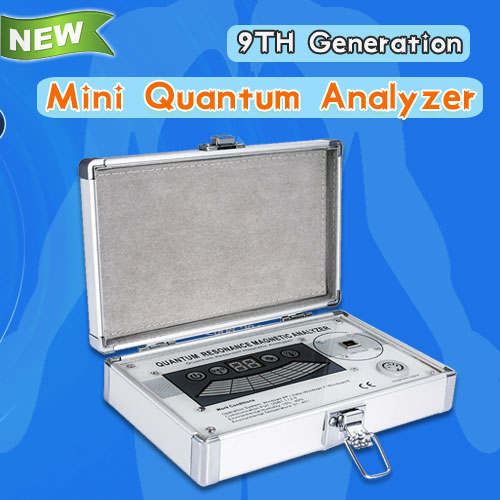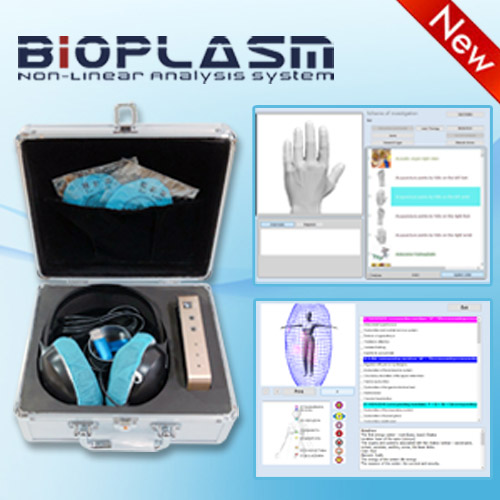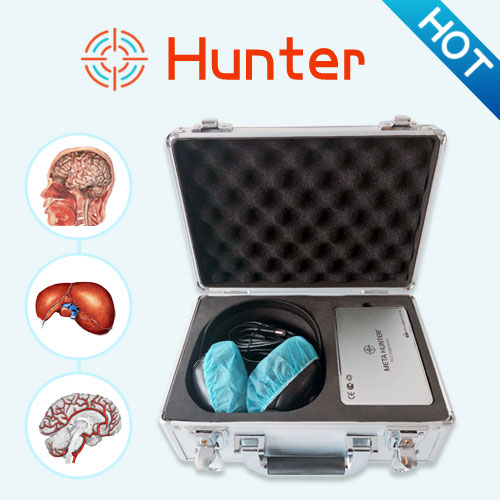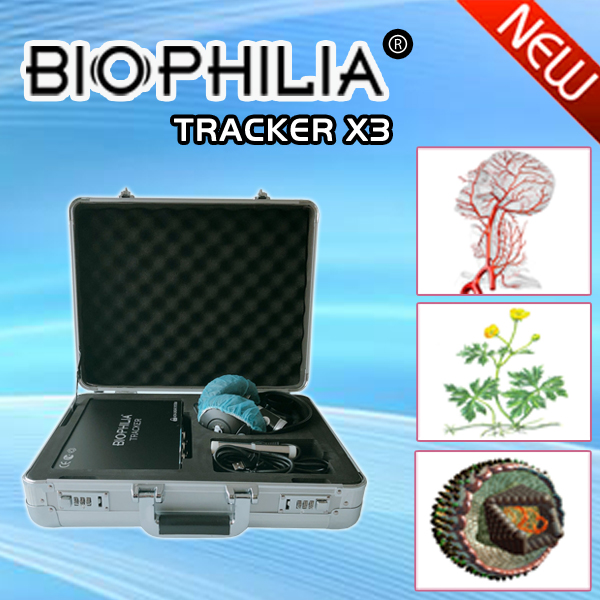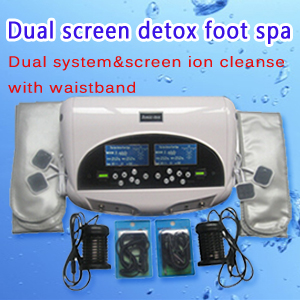NLS-scanning By Metatron Hunter In Disks Diagnosis
Degenerative changes of intervertebral disks may be registered after first 10 years of life of a man and 10 years later in women. However etiology of neurologic symptomatology at lumbodynia is much more complicated than simple mechanical compression of neural structures. Origins of pain are described in many studies: issues concerning roles of chemical stimuli, autoimmune complexes, etc. are debated. It is well known that in many cases weak correlation between results of radio examination and clinical symptoms is registered, i.e. in patients with marked degenerative-dystrophic damages no clinical presentations are registered, at the same time in patients with severe clinical symptoms radiologist detects minor signs of vertebral region degeneration only.
Scientific progress provided therapist with highprecision methods of spine examination, such as computed tomography (CT).
Some people believe that routine methods of spine radio research, such as radiography, myelography and discography became things of the past and represents historical interest only. Sometimes clinician has no exact idea for what kind of examination low-back pain patient should be administered.
There is an opinion that computed tomography replaces all other diagnostic methods and must be applied as the only diagnostics method, but it is not true. Computer NLS-graphy method, introduced in recent years, with all its usability and low price, in many cases is more informative and, in general, more available than computed tomography. Objective of this study is to demonstrate potentials of both methods in diagnostics of spine degenerative-dystrophic damages.
Examination of patients with degenerativedystrophic diseases of intervertebral disks should be started with radiology examination of damaged part of spine with functional (dynamic) test, according to its results therapist chooses further tactics of patient examination. Radiography of spine may detect conditions related to pathological changes of mainly bone structures of spine and, which is more important, to detect instability of spinal part, that evidences dislocation of vertebra more than 4 – 5 mm forward or backward.
Concerning such invasive research method as myelography: with available modern CT and NLS equipment practicability of myelography application may be considered only for examination of patients with spinal stenosis combined with scoliosis.
CT provides acquiring of required information about topographic and anatomical relations in spinal segment, specifying of bone tissue pathological damages character, visualization of vertebral canal and paravertebral area structures. CT has high sensitivity in detection of protrusions and vertebral hernia, allowing us to specify their localization and degree of volumetric damage. In the first place CT is prescribed in cases when according to radiology reason of pain syndrome is, probably, in changes of vertebras bone structure (osteophyte, stenosis of vertebral canal, dysplasia, development abnormalities, spondylolisthesis, spondylolysis, spondylarthrosis and tumors). Taking into consideration radio stress, CT examination is usually limited by two intervertebral disks, where radicular syndrome is detected clinically.
Nowadays, in our opinion, the most accurate method of degenerative damages diagnostics is NLS-scanning by Metatron Hunter together with spectral-entropy analysis (SEA) of cartilaginous and bone tissue in affection area.
This article is provide from [Metatron 4025 hunter],please indicate the source address reprinted:http://www.healthycarer.com/news/nls-knowledge/1609.html


